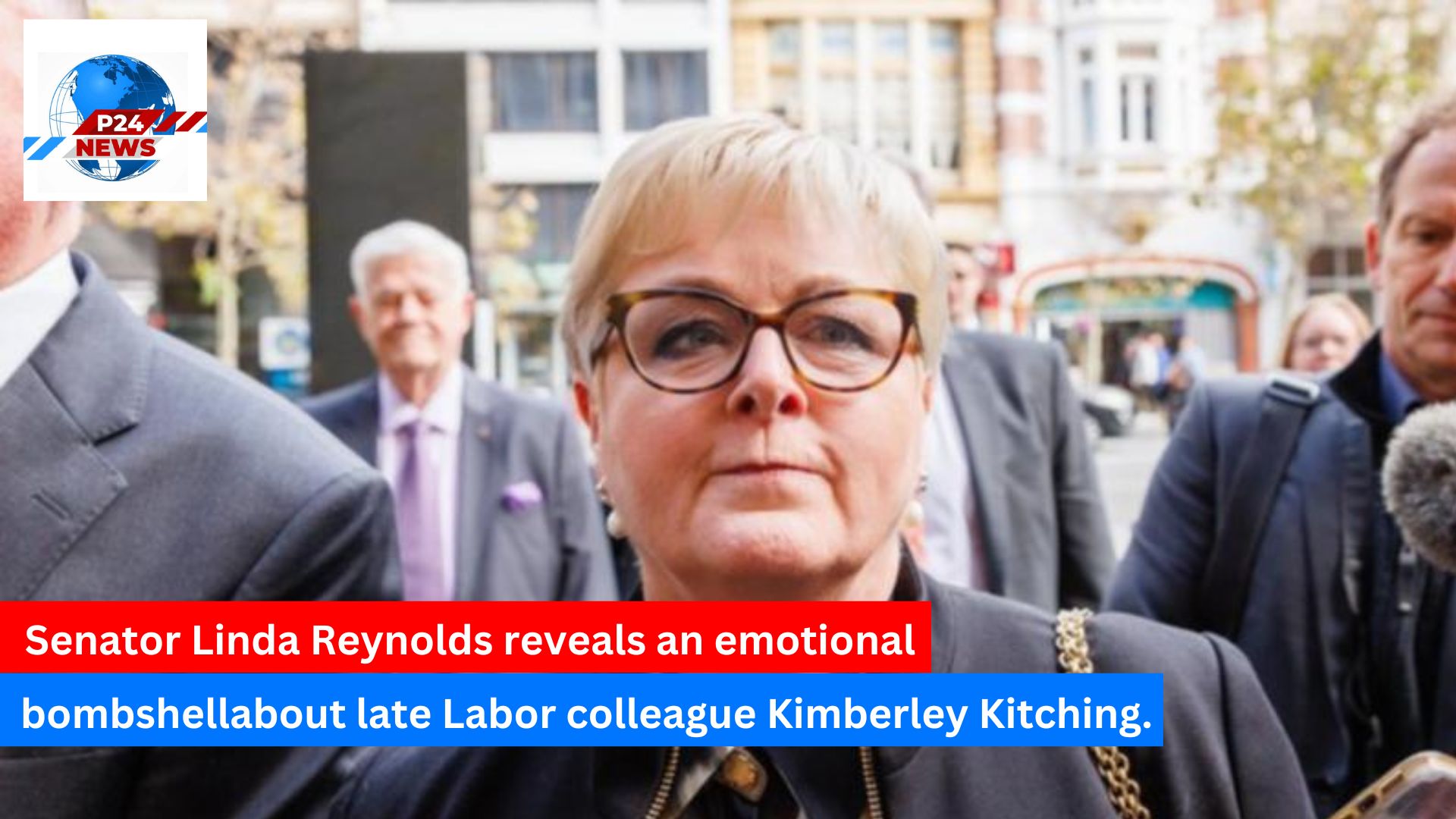Discover how Delhi managed to keep its air quality relatively clean post-Diwali, making it the second cleanest since 2015, with insights into the impacting factors.
Discover how Delhi managed to keep its air quality relatively clean post-Diwali, making it the second cleanest since 2015, with insights into the impacting factors.
Delhi has achieved a notable feat with its air quality marking the second cleanest record following Diwali celebrations since 2015. Rather than slipping into a severe AQI status, the city has maintained a “very poor” classification, thanks primarily to strong winds that exceeded 16 kilometers per hour, allowing for effective ventilation.
On Thursday evening, the AQI began its ascent, starting from 328 and climbing to 338 by midnight, peaking at 362 by Friday morning. Surprisingly, a shift in weather patterns provided relief from the typical post-Diwali pollution, leading to an AQI drop to 339 by the afternoon and further to 323 by the evening.
Mahesh Palawat, vice president at Skymet meteorology, elaborated on the relationship between air temperature and pollution levels. Warmer temperatures contribute to a higher mixing height which facilitates the dispersion of pollutants. Conversely, colder temperature leads to a reduced wind speed, trapping pollutants near the surface, a situation known as temperature inversion.
Although the use of fireworks, increasing stubble burning, and local emissions contributed significantly to the pollution levels, which surged late Thursday night into Friday morning, sustained winds helped in alleviating the situation. Noteworthy is the increase in stubble burning contributing to PM2.5 levels on Diwali day, where its influence soared to 27.61%, contrasting sharply with only 1.8% just days before.
Despite the commendable post-Diwali air quality, there are underlying concerns regarding hourly spikes in PM2.5 levels in particular areas of Delhi, often exceeding national safety limits by over 30 times. Experts stress that while immediate conditions have improved, persistent local and regional pollution remains a pressing issue, particularly with winter months approaching which typically worsen air quality.
Anumita Roychowdhury from the Centre for Science and Environment remarks on the worrying trend of poor air quality days throughout October, signaling an urgent need for addressing the larger pollution contributors beyond festive activities. It reinforces the notion that the conditions of natural ventilation, while currently favorable, may not last with the expected onset of winter, alongside increased regional pollution.
To sum up, the 2024 post-Diwali air quality in Delhi, while commendable compared to previous years, illustrates the ongoing challenges in managing air pollution effectively. The interactions between weather conditions and local pollution sources will be crucial in determining how air quality fluctuates as the city moves further into winter.
Like
Dislike
Love
Angry
Sad
Funny
Pray
9th Ayurveda Day in Melbourne: A Celebration of Ayurvedic Innovations and Global Health Impact
November 10, 2024Australia’s Terror Alert Jumps to ‘Probable’: What You Need to Know About the Increased Risk
August 05, 2024🍪 We Value Your Privacy and Experience Hi there! We use cookies to enhance your browsing experience, provide personalized content, and analyze site traffic. By continuing to use our site, you consent to our use of cookies.







Comments 0